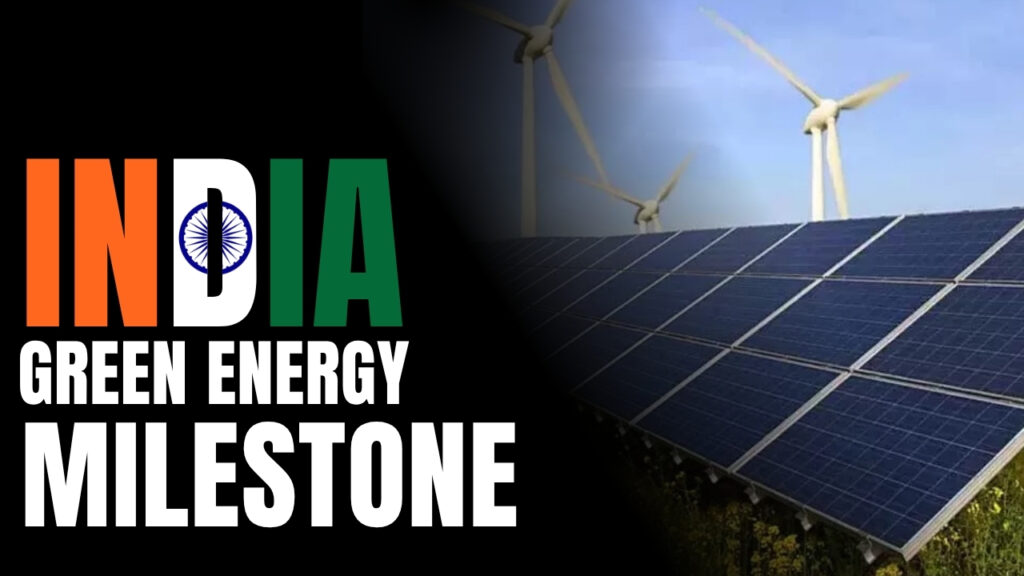India recently achieved a major energy milestone: its renewable energy installed capacity has overtaken coal-based thermal power capacity. This marks a historic shift in the country’s power generation mix and highlights India’s commitment to sustainable development and climate action. According to the Ministry of Power, India now generates more electricity from clean sources like solar, wind, hydro, and biomass than from traditional fossil fuel-based sources.
This transition is part of India’s long-term energy strategy outlined in the National Electricity Plan (NEP) 2023, which emphasizes the rapid expansion of non-fossil fuel sources. The plan targets an increase in the share of renewables to meet the country’s growing energy demand while reducing its carbon footprint. The Indian government has set ambitious targets such as achieving 500 GW of non-fossil fuel capacity by 2030, and this recent development puts the country firmly on track.
Several factors have contributed to this success. First, there has been a major push in solar energy, especially through schemes like PM-KUSUM and Rooftop Solar Programmes. The wind energy sector has also expanded, particularly in western and southern states. In addition, hydropower and biomass have remained important contributors in India’s clean energy basket.
The dominance of renewables also reflects a global trend, where countries are shifting away from coal due to its environmental and health impacts. India’s role is particularly crucial as it is the third-largest energy consumer in the world. Reducing dependency on coal not only helps in mitigating climate change but also reduces air pollution, improves public health, and fosters energy security.
The achievement holds importance in the context of India’s international commitments. Under the Paris Agreement, India pledged to reduce the emissions intensity of its GDP by 45% by 2030 (from 2005 levels) and to achieve net zero by 2070. A greater share of renewables in the energy mix is essential to meeting these targets.
For UPSC aspirants, this topic is relevant for Prelims (in subjects like Environment and Economy) and GS Paper 3 (under Infrastructure, Environment, and Energy). It also has implications for essays related to sustainable development and climate action.
In conclusion, India’s green energy growth not only signals a transformative shift in its energy landscape but also strengthens its position as a responsible global climate leader. The focus ahead will be on maintaining this momentum, improving energy storage systems, and integrating renewables efficiently into the national grid.
🔗 Source: Indian Express – Knowledge Nugget



